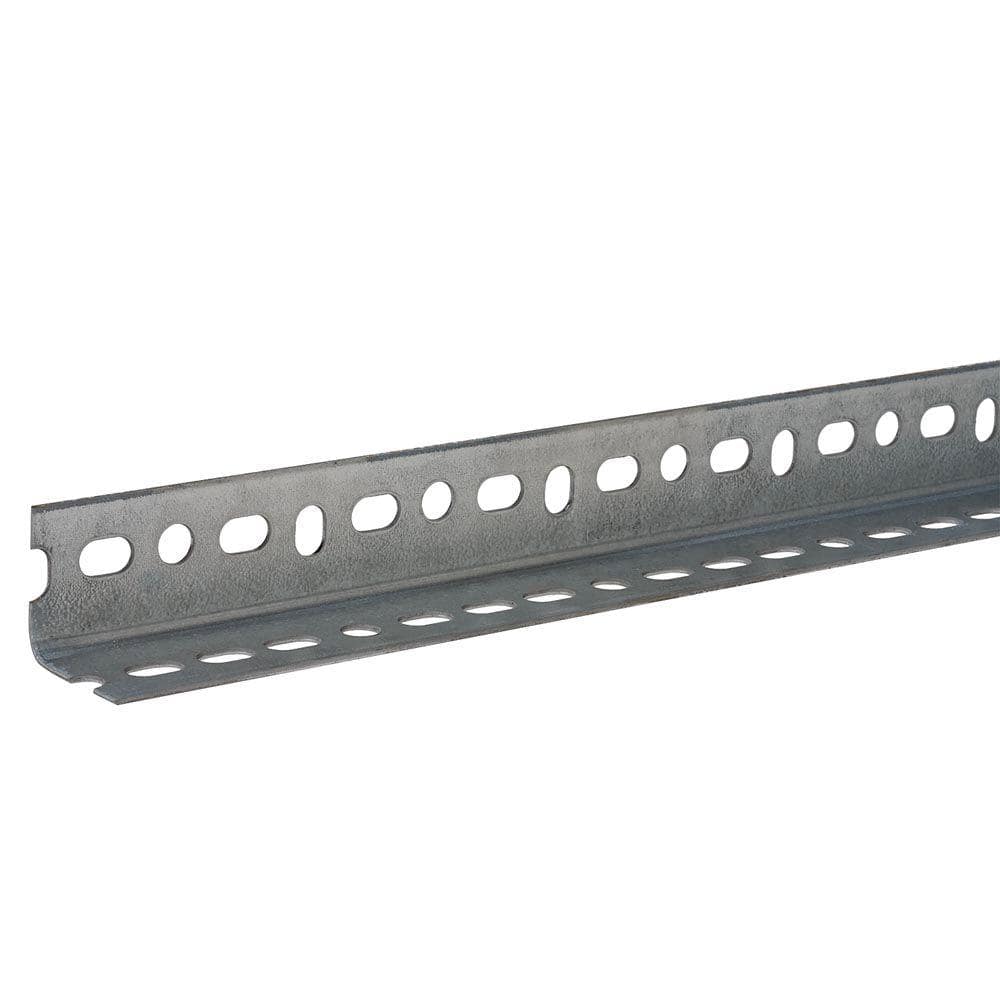After some researching on various forums, it looks like a common method for attaching solar panels to vehicle roofs is via adhesive, either Sikaflex or 3M VHB. I'm looking for the best way to attach aluminum unistrut to the painted aluminum roof of my ambulance, and I'd like to limit the amount of roof penetrations as much as possible. Since there's various formulas for both of those adhesives, I reached out to both Sika and 3M for guidance on the best one to use for my application. Sika responded and said:
"Sika does not support the use of our products as the primary fastening system for solar panel systems on moving vehicles. We cannot provide you recommendations for your application."
3M replied with:
"Unfortunately, neither division is able to provide a recommendation on your structural application. We suggest contacting the solar panel manufacturer or consulting with a certified repair facility where a trained technician can view the application firsthand and provide a suitable direction forward. "
Neither of which was helpful in the least, so I'm wondering what builders here have used successfully. 3M, Sikaflex, mechanical fasteners, a combination of both? I ran a structural engineering wind calculation on the panels, assuming a max 120 mph wind speed, and the uplift and shear experienced by the panels was surprisingly low, so it doesn't look like much holding force is required. On the other hand, there will be lots of environmental factors working against exposed adhesive, and the last thing I want is a 40 lb residential panel flying off the roof at freeway speeds.
"Sika does not support the use of our products as the primary fastening system for solar panel systems on moving vehicles. We cannot provide you recommendations for your application."
3M replied with:
"Unfortunately, neither division is able to provide a recommendation on your structural application. We suggest contacting the solar panel manufacturer or consulting with a certified repair facility where a trained technician can view the application firsthand and provide a suitable direction forward. "
Neither of which was helpful in the least, so I'm wondering what builders here have used successfully. 3M, Sikaflex, mechanical fasteners, a combination of both? I ran a structural engineering wind calculation on the panels, assuming a max 120 mph wind speed, and the uplift and shear experienced by the panels was surprisingly low, so it doesn't look like much holding force is required. On the other hand, there will be lots of environmental factors working against exposed adhesive, and the last thing I want is a 40 lb residential panel flying off the roof at freeway speeds.




